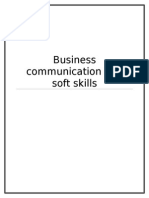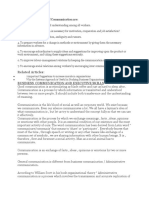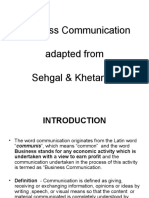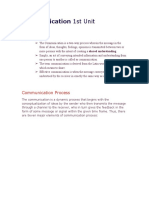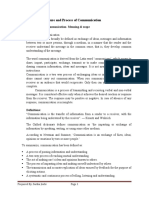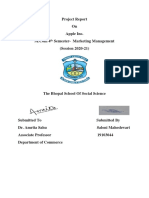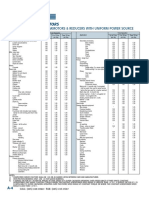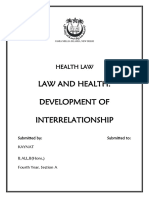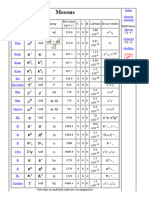0% found this document useful (0 votes)
21 views69 pagesUnit 4 Intro To Comm
The document provides an overview of communication, defining it as a two-way process of exchanging information, ideas, and emotions through various means such as speech and writing. It outlines the importance of effective communication in organizational settings, detailing objectives, principles, and barriers to communication, as well as the functions it serves in business. Additionally, it discusses verbal and non-verbal communication styles, emphasizing the significance of both in conveying messages.
Uploaded by
Ram NathCopyright
© © All Rights Reserved
We take content rights seriously. If you suspect this is your content, claim it here.
Available Formats
Download as PDF, TXT or read online on Scribd
0% found this document useful (0 votes)
21 views69 pagesUnit 4 Intro To Comm
The document provides an overview of communication, defining it as a two-way process of exchanging information, ideas, and emotions through various means such as speech and writing. It outlines the importance of effective communication in organizational settings, detailing objectives, principles, and barriers to communication, as well as the functions it serves in business. Additionally, it discusses verbal and non-verbal communication styles, emphasizing the significance of both in conveying messages.
Uploaded by
Ram NathCopyright
© © All Rights Reserved
We take content rights seriously. If you suspect this is your content, claim it here.
Available Formats
Download as PDF, TXT or read online on Scribd
/ 69
























